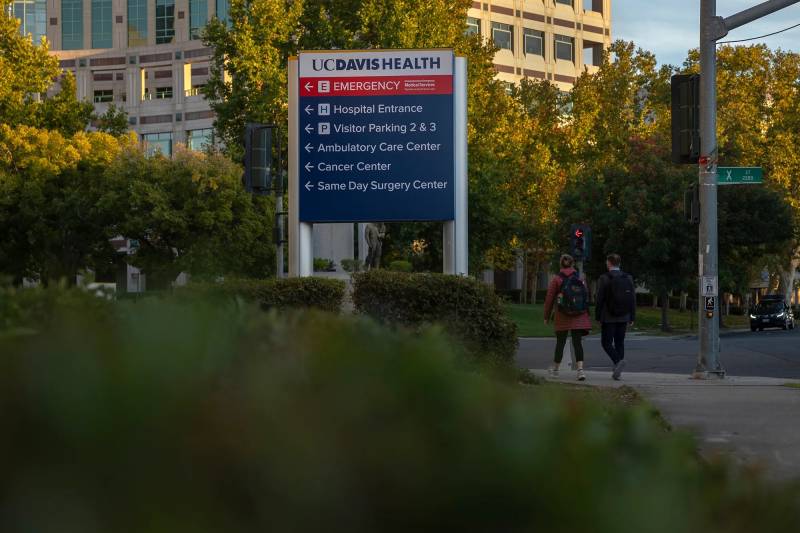Now, the Newsom administration is projecting the wage hike will add at least $4 billion in costs to the government agencies that provide health care to Californians. About half of that will come from the state’s general fund and the other half from the federal government.
The unions and lawmakers who advocated for the wage increase say it is necessary to improve the lives of overworked and underpaid health care workers, many of whom have quit their jobs in recent years, leaving health care systems severely understaffed.
“These are everyday people doing their jobs, struggling to make ends meet, struggling to pay rent,” said Todd Stenhouse, a spokesperson for AFSCME 3299, the union representing blue-collar workers in the University of California health system. “They deserve stability, security. Their work deserves value.”
The new cost estimates are unsurprising to Republican lawmakers who opposed the wage increase. Democratic lawmakers passed the measure despite the state’s projected $31 billion budget deficit.
“This bill places astronomical labor costs on health care providers when hospitals across the state deal with financial losses,” said Republican Assemblymember Vince Fong of Bakersfield. “We were concerned that this bill will lead to reduced services, increased premiums, more hospital closures, reduced job opportunities.”
What wage hike means for payroll
Lawmakers did not have cost estimates when they voted on the wage increase in part because the final bill reflected a last-minute deal between major health care employers represented by the California Hospital Association and the Service Employees International Union. Their agreement replaced an earlier version that would have raised pay faster for workers.
While the original bill would have immediately raised wages to $25, the signed version will gradually increase wages. Most workers are expected to reach $25 an hour by 2027 or 2028, although it will come sooner to workers in certain facilities, like dialysis clinics and large health systems with more than 10,000 employees.
Some of the workers are employed by the state, either at the UC health system or in agencies such as the Department of State Hospitals.
In the private sector, a consultant working for a coalition of health care providers estimated the original bill with the immediate wage increase to $25 an hour would have cost the industry $8 billion. The California Hospital Association did not have a new estimate of projected costs when CalMatters requested one.
SEIU California Executive Director Tia Orr, in a written statement, said that most health care employers supported the wage increase. She said the union “has committed to working with the administration and the Legislature to ensure safeguards are in place to guarantee that this critical measure is taken to preserve California’s fiscal health, just as we did when negotiating the last statewide minimum wage increase. This is how you make progress — through flexibility and compromise in achieving shared goals.”
Health care workers on public assistance
Newsom did not comment on the law when he signed it. In contrast, he attended an event hosted by SEIU when he signed a similar law that creates a $20 minimum wage in the fast-food industry.
